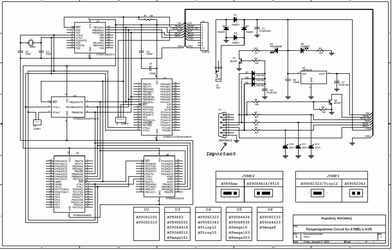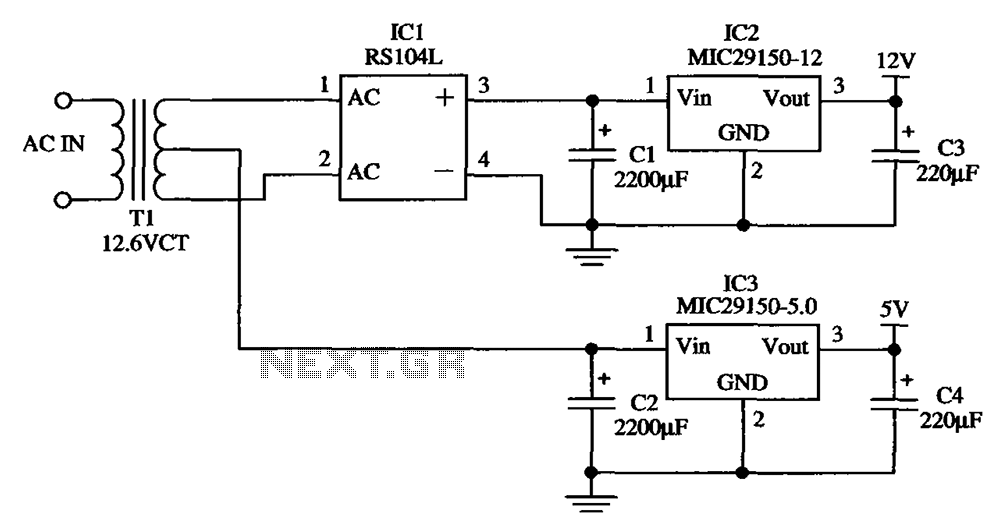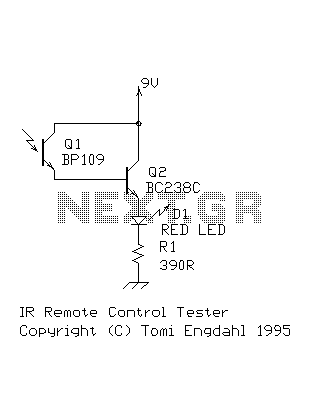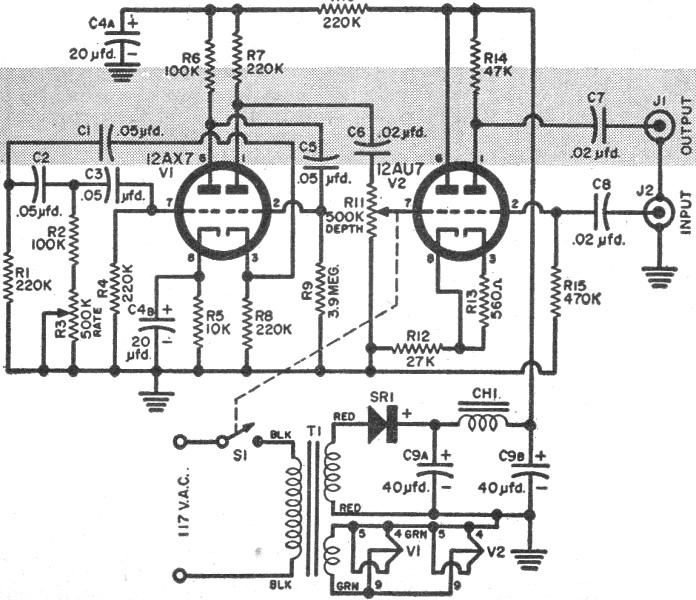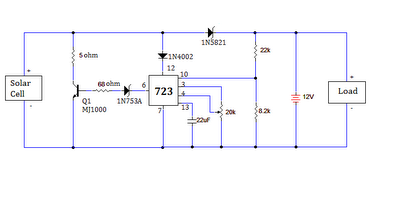
A Shortwave Pulsed-Marker Oscillator Circuit

A useful marker oscillator can be constructed using an NE555 timer to generate pulses at an audio frequency. This design facilitates the detection of the signal even amidst interference. The crystal frequency can range from 1 to 30 MHz.
The NE555 timer is a versatile integrated circuit commonly used for generating precise time delays or oscillations. In this application, it is configured in astable mode to create a continuous square wave output at audio frequencies, typically between 1 kHz and 20 kHz. The output frequency can be adjusted by selecting appropriate resistor and capacitor values in the timing circuit.
To incorporate a crystal oscillator into the design, a suitable crystal frequency should be chosen within the specified range of 1 to 30 MHz. The crystal will provide a stable reference frequency that can be used to modulate the NE555 output, enhancing the oscillator's performance in terms of frequency stability and signal clarity.
The circuit design involves connecting the NE555 timer's discharge and threshold pins to resistors and capacitors that define the desired oscillation frequency. The output pin of the NE555 can be connected to additional circuitry for signal amplification or filtering, depending on the specific application requirements.
In summary, this marker oscillator design utilizing the NE555 timer and a crystal oscillator offers an effective solution for generating stable audio frequency signals, making it particularly useful in environments where signal interference may occur. The flexibility in selecting crystal frequencies allows for a wide range of applications in various electronic projects. A useful marker oscillator can be made using an NE555 to pulse the oscillator at an audio rate. This makes it easy to find the signal in the presence of interference. The crystal can be any suitable frequency from 1 to 30 MHz.
The NE555 timer is a versatile integrated circuit commonly used for generating precise time delays or oscillations. In this application, it is configured in astable mode to create a continuous square wave output at audio frequencies, typically between 1 kHz and 20 kHz. The output frequency can be adjusted by selecting appropriate resistor and capacitor values in the timing circuit.
To incorporate a crystal oscillator into the design, a suitable crystal frequency should be chosen within the specified range of 1 to 30 MHz. The crystal will provide a stable reference frequency that can be used to modulate the NE555 output, enhancing the oscillator's performance in terms of frequency stability and signal clarity.
The circuit design involves connecting the NE555 timer's discharge and threshold pins to resistors and capacitors that define the desired oscillation frequency. The output pin of the NE555 can be connected to additional circuitry for signal amplification or filtering, depending on the specific application requirements.
In summary, this marker oscillator design utilizing the NE555 timer and a crystal oscillator offers an effective solution for generating stable audio frequency signals, making it particularly useful in environments where signal interference may occur. The flexibility in selecting crystal frequencies allows for a wide range of applications in various electronic projects. A useful marker oscillator can be made using an NE555 to pulse the oscillator at an audio rate. This makes it easy to find the signal in the presence of interference. The crystal can be any suitable frequency from 1 to 30 MHz.
